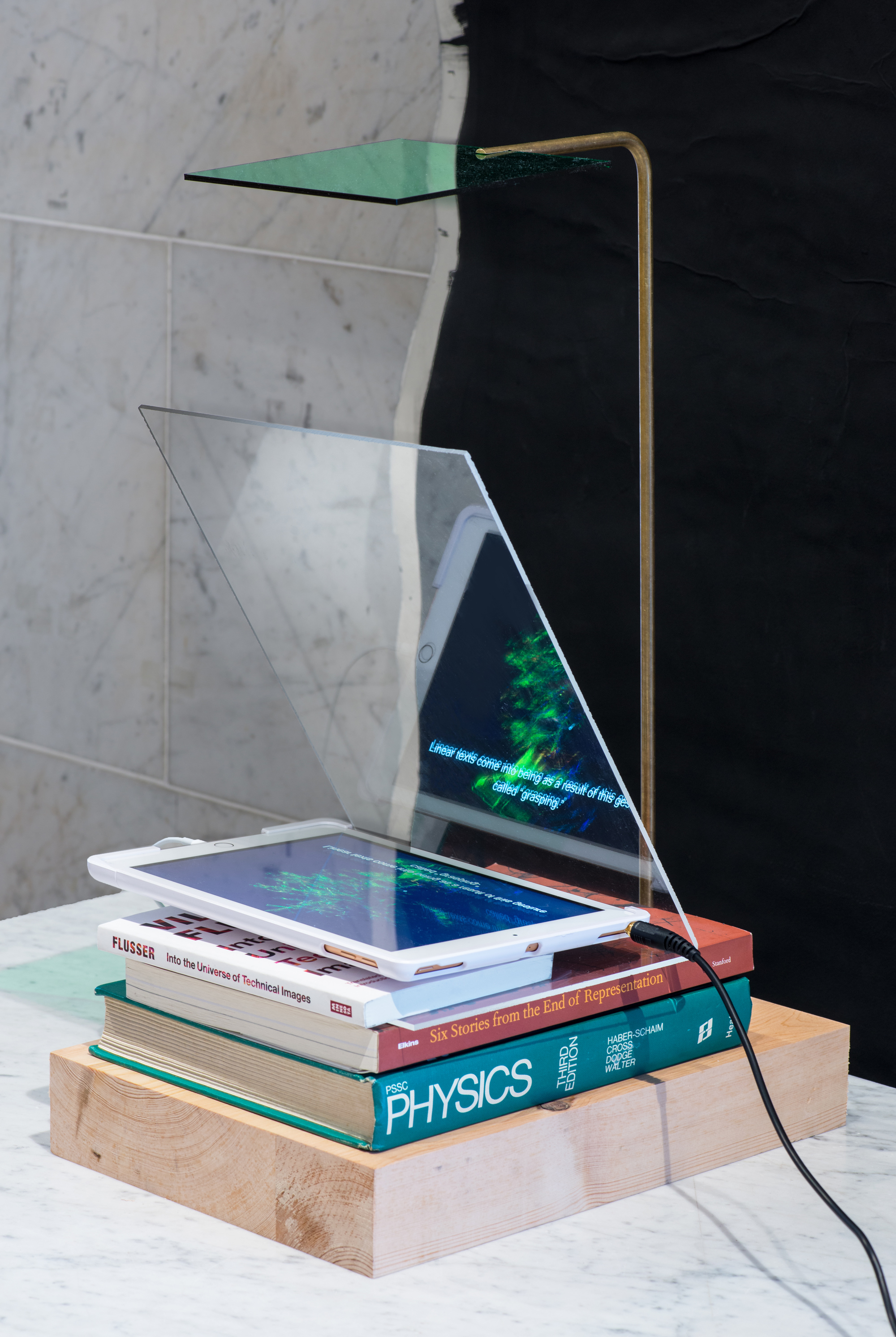Inverse Problem (2019)
Pixel is the smallest unit of a digital image. At the moment we encounter a pixel through zooming into an digital image, we reach its resolution limit. Here seeing stops and the image dissolves. We suddenly find ourselves looking at an illusion comprise of a collection of pixels, each an indexical reference of the scene it captured. But if we push forward and zoom in further, looking past colours and forms and into the data of a pixel, we will begin to see again, this time a very different picture, with the help of simulation.
Every visual apparatus has a resolution limit, the point in which the ability of an imaging system is no longer able to resolve detail in the object, a point where we can no longer zoom in. Simulated seeing allows us to see past the resolution limit and recover the information hidden underneath the noise. It is a domain where human seeing is confronted by algorithmic vision, where the unidirectional link of the act of viewing and the image is folded into a Mobius strip, where reality began merging with digitality.
The traditional understanding is that a visual image is an aftermath of seeing. When for example we make an image of a tree, we translate a 3D structure of a tree in front of us into a representation on a 2D surface. Can this seeing be reversed? Can we recreate a three-dimensional tree we see from a 2D representation, using pixels as our lenses? In other words, can we see a tree from a pixel?
Inverse Problem attempts to answer this question by embarking on a collaboration with scientist Daniel Schraik, who is conducting his PhD research in the field of geoinformatics. To see through the pixel, Schraik keeps zooming in. He has been working to improve the reflectance models of trees. By studying how different aspects of a tree reflects light, he is able to simulate how a tree is represented in the pixel, thus began to reverse-engineer the act of seeing – seeing a tree from a pixel.
Appropriating the research data of “From needles to landscapes: a novel approach to scaling forest spectra”, the project explores the concepts of simulated seeing and modelling. The point cloud models, photographs and data obtained from Terrestrial Laser Scanning are transformed into photo objects, video works and installation pieces.
Special thanks to Daniel Schraik, doctoral candidate of the research project “From needles to landscapes: a novel approach to scaling forest spectra” at Aalto University.
Thank you Alexandra Stroganova, Zoé Moineaud and Eftimia Diera for your contribution to the project.




